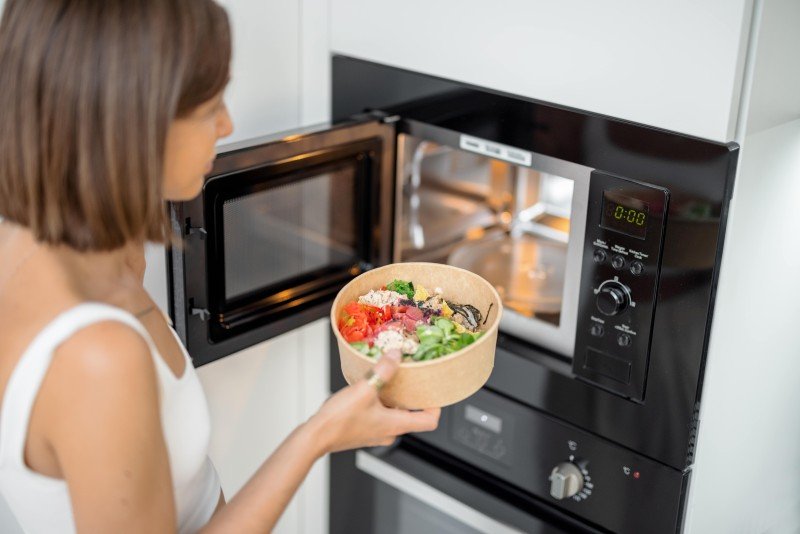Understanding Hobs and Ovens: The Essential Kitchen Appliances
In the realm of kitchen appliances, couple of items are as essential as hobs and ovens. These devices form the foundation of cooking activities, allowing people to create whatever from easy meals to elaborate feasts. Comprehending the distinctions, types, and functionalities of hobs and ovens can considerably boost one's cooking experience. This article looks into the complexities of hobs and ovens, providing insights that accommodate both beginner and seasoned cooks.
What Is a Hob?
A hob, often referred to as a cooktop or range top, is the flat surface on which pots and pans are positioned for cooking. Hobs are geared up with heating elements that generate the required heat for cooking food. They can be found in numerous types, including gas, electric, induction, and ceramic options. Each type offers special advantages and disadvantages.
Types of Hobs
Gas Hobs:
- Heat Source: Natural gas or gas.
- Advantages: Instant heat control and responsiveness, preferred by numerous chefs for accurate cooking.
- Downsides: Requires a gas connection and can be less energy-efficient.
Electric Hobs:
- Heat Source: Electric coils or smooth glass-ceramic surfaces.
- Benefits: Generally simpler to clean up, even heating, and extensively offered.
- Drawbacks: Slower to warm up and cool down compared to gas.
Induction Hobs:
- Heat Source: Electromagnetic currents.
- Benefits: Quick heating, energy-efficient, and only heats the pots and pans, not the surrounding surface.
- Disadvantages: Requires suitable cookware (ferrous materials).
Ceramic Hobs:
- Heat Source: Electric and has a smooth glass surface.
- Benefits: Sleek look, simple to tidy, and even heating.
- Drawbacks: Can take longer to warm up and cool off.
What Is an Oven?
An oven is an enclosed device that cooks food by surrounding it with dry heat. Ovens can be standalone systems or integrated with hobs in a single device called a variety. relevant web-site are flexible tools that can be used for baking, roasting, broiling, and more.
Kinds of Ovens
Traditional Ovens:
- Heat Source: Electric or gas.
- Benefits: Good for conventional baking and roasting.
- Drawbacks: Can have uneven heat circulation.
Convection Ovens:
- Heat Source: Electric or gas with a fan for distributing air.
- Advantages: More even cooking and much faster cooking times due to air flow.
- Downsides: Can be more expensive and might require adjustments in cooking times.
Microwave Ovens:
- Heat Source: Microwaves.
- Advantages: Quick cooking and reheating; fantastic for defrosting.
- Drawbacks: Can not brown or crisp food well.
Steam Ovens:
- Heat Source: Steam generation.
- Advantages: Retains nutrients and wetness in food, much healthier cooking choice.
- Drawbacks: Longer cooking times and generally greater cost.
Secret Differences Between Hobs and Ovens
While hobs and ovens serve the primary purpose of cooking food, their performances and utilizes differ substantially. The following table sums up these essential distinctions:
| Feature | Hob | Oven |
|---|---|---|
| Cooking Method | Direct heat | Enclosed heat |
| Main Use | Boiling, sautéing, frying | Baking, roasting |
| Heat Source | Gas, electric, induction | Gas, electric, steam |
| Cooking Area | Flat surface | Enclosed area |
| Cooking Time | Typically faster | Varies based upon dish |
| Control & & Precision | Immediate and direct | Count on settings and timers |
Advantages of Using Hobs and Ovens Together
Integrating using a hob and an oven can significantly enhance the cooking procedure. Here are some advantages:
- Versatility: Different types of food can be cooked all at once.
- Performance: Using both permits numerous cooking techniques, such as searing on the hob and baking in the oven.
- Time-Saving: Multi-tasking can significantly lower overall cooking time.
Maintenance and Care
To make sure the durability of hobs and ovens, regular maintenance is important. Here are some tips:
For Hobs:
- Clean spills immediately to prevent staining.
- Use appropriate cleaners for particular materials (e.g., ceramic cleaner for glass-ceramic hobs).
- Routinely check gas connections for leakages (for gas hobs).
For Ovens:
- Wipe down the interior after each use to avoid accumulation.
- Usage self-cleaning features if readily available, or use oven cleaners for hard discolorations.
- Routinely check seals and gaskets for wear and tear (to maintain heat efficiency).
FAQs About Hobs and Ovens
1. What is the best type of hob for a novice cook?
Answer: A ceramic or electric hob is often recommended for newbies due to ease of use and cleaning.
2. Can I use any pots and pans on an induction hob?
Answer: No, induction hobs require pots and pans made from magnetic materials (e.g., cast iron or stainless steel).
3. How frequently should I clean my oven?
Answer: It is suggested to clean your oven every few months, or more frequently if you utilize it typically.
4. Is it better to bake in a stove?
Response: Yes, stoves are typically better for baking as they supply even heat distribution. Nevertheless, some delicate dishes might benefit from traditional ovens.
Understanding the performance and distinctions between hobs and ovens is important for any cooking enthusiast. Whether one chooses the instantaneous heat of a gas hob or the accuracy of an induction cooktop, each type offers special advantages. Likewise, ovens differ commonly in function, from conventional baking to steam cooking. By valuing these devices' functions in food preparation, cooks can improve their cooking abilities and simplify their kitchen activities.

